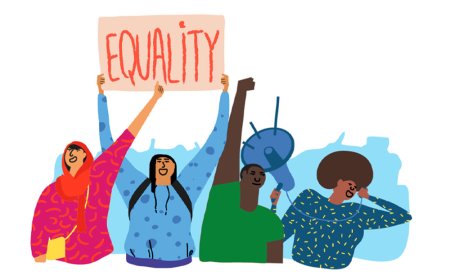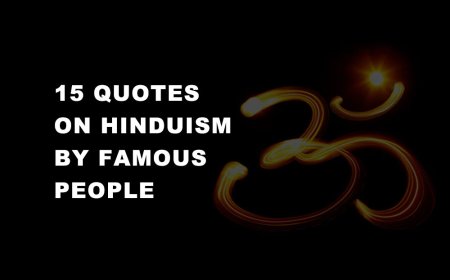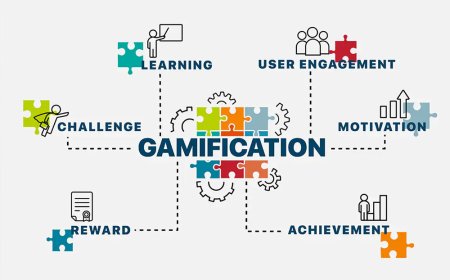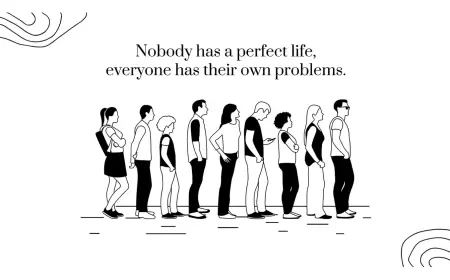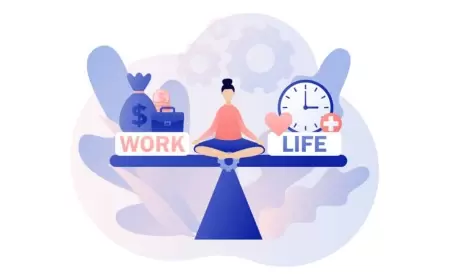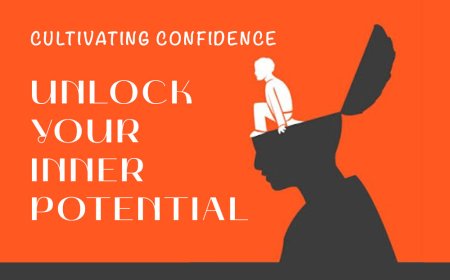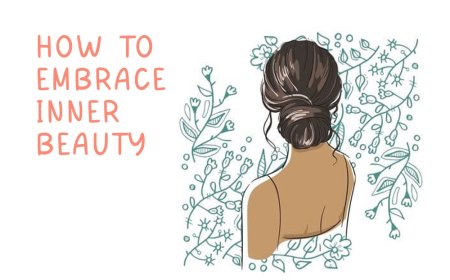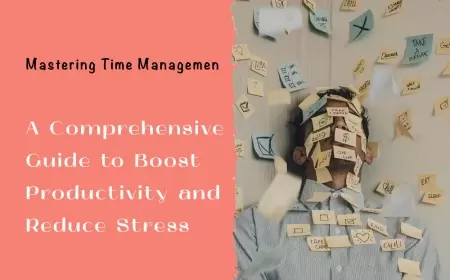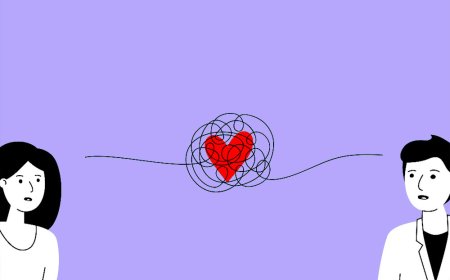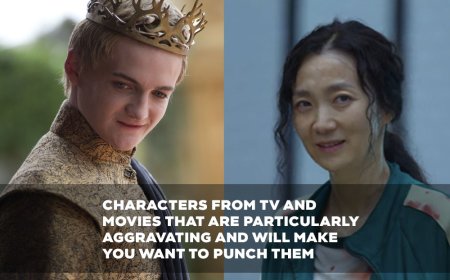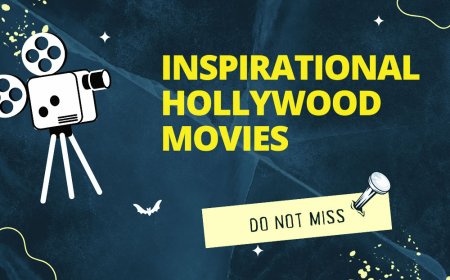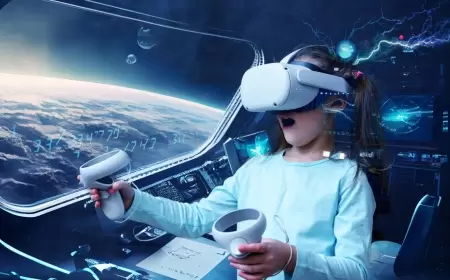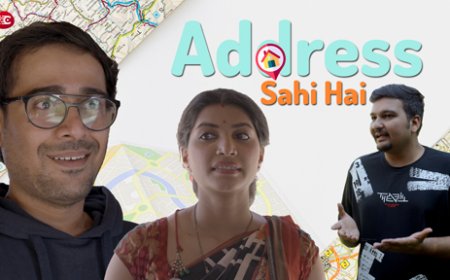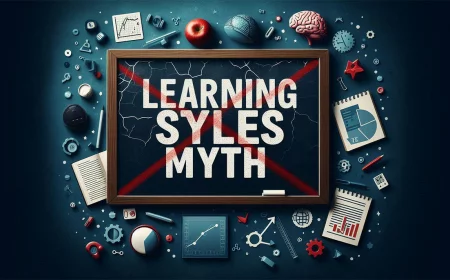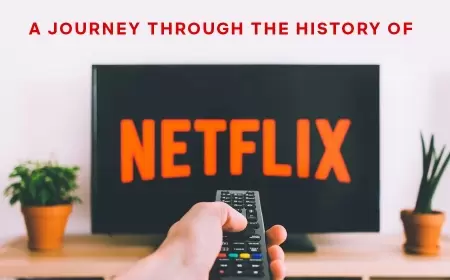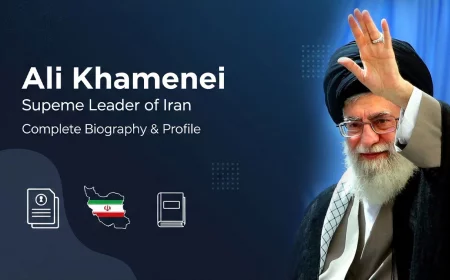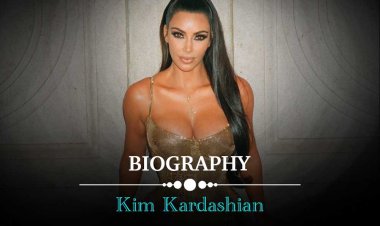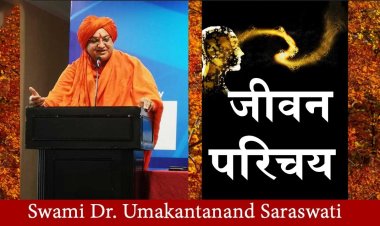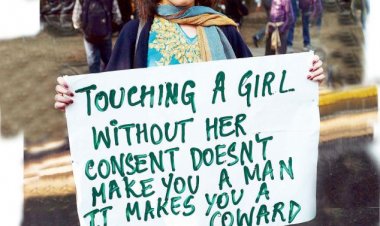The Lies We've Been Told: Debunking the "Learning Styles" Myth Once and For All
What if I told you that one of the most fundamental beliefs about education—taught in teacher training programs, implemented in classrooms worldwide, and shaping how millions of students learn—is completely false?

The Hook: A Multi-Billion Dollar Educational Lie
What if I told you that one of the most fundamental beliefs about education—taught in teacher training programs, implemented in classrooms worldwide, and shaping how millions of students learn—is completely false? What if this lie has wasted billions of dollars in educational resources and potentially prevented countless students from reaching their full potential?
The myth I'm talking about affects every parent who's ever been told their child is a "visual learner," every teacher who's spent hours creating different lesson plans for other "learning styles," and every student who's been boxed into a limiting category that doesn't exist.
The Common Belief (The Lie): "Everyone Has Their Learning Style"
For over four decades, educators, parents, and students have embraced the idea that people learn best through their preferred "learning style." The theory, popularised in the 1970s, claims that individuals are either:
- Visual learners (learn best through seeing and imagery)
- Auditory learners (learn best through hearing and listening)
- Kinesthetic learners (learn best through movement and touch)
- Reading/writing learners (learn best through text)
This belief has become so entrenched that:
- 71% of teachers believe learning styles theory is supported by research
- 93% of teacher training programs include learning styles instruction
- The learning styles industry generates over $500 million annually in educational materials
- Parents routinely request specific teaching methods based on their child's supposed "learning style"
Schools have restructured entire curricula around this concept, teachers have been trained to identify and cater to different learning styles, and students have been taught to think of themselves as limited to one particular way of learning.
The Truth: Learning Styles Theory Has Been Thoroughly Debunked
Here's the shocking reality: There is virtually no scientific evidence supporting the learning styles theory. In fact, decades of rigorous research have consistently proven it wrong.
The Research That Destroys the Myth
Dr. Daniel Willingham, a cognitive scientist at the University of Virginia, conducted extensive research on learning styles and concluded: "There is no evidence that people learn better when instruction is tailored to their preferred learning style."
The most comprehensive analysis came from Pashler et al. (2009), who reviewed all available studies on learning styles. Their findings were devastating to the theory:
- Of the 105 studies they examined, only 9 met basic scientific standards
- Of those 9 studies, 8 showed no benefit to matching instruction to learning styles
- The 1 study that showed a benefit was later discredited due to methodological flaws
Dr. Cedar Riener from Randolph-Macon College states: "The contrast between the enormous popularity of the learning-styles approach within education and the lack of credible evidence for its utility is, in our opinion, striking and disturbing."
What Determines How We Learn Best
Real cognitive science reveals that learning effectiveness depends on:
- The nature of the material being taught - Math concepts are best learned through practice, historical events through narrative, and languages through immersion
- Prior knowledge and experience - Students learn new information by connecting it to what they already know
- The quality of instruction - Clear explanations, engaging examples, and appropriate pacing matter more than the delivery method
- Active engagement - Students learn better when they actively participate rather than passively receive information
Professor Paul Kirschner from the Open University of the Netherlands explains: "Learning depends on the meaning of the material, not the sensory modality through which it's received."
The Neuroscience Evidence
Modern brain imaging studies have definitively shown that:
- All learners use multiple areas of the brain when processing information
- There are no "visual" or "auditory" brain types - everyone's brain integrates information from multiple senses
- Effective learning always involves multiple neural pathways, regardless of how information is presented
Dr. Tracey Tokuhama-Espinosa, author of "Mind, Brain, and Education Science," notes: "The brain doesn't have separate systems for different learning styles. It's an integrated organ that processes information holistically."
Why It Matters: The Hidden Damage of This Educational Lie
The persistence of learning styles theory isn't just harmless pseudoscience—it's actively damaging education and limiting human potential.
The Individual Cost
Students suffer when they're labelled with a "learning style" because:
- They develop fixed mindsets about their abilities ("I can't learn math because I'm not a visual learner")
- They avoid challenging themselves in areas outside their supposed "style"
- They miss out on developing multiple ways of processing information
- They become dependent on specific presentation formats instead of building adaptability
Dr. Carol Dweck's research shows that students who believe their abilities are fixed perform worse than those who believe abilities can be developed.
The Educational System Cost
Schools waste enormous resources:
- Billions of dollars spent on learning styles assessments and materials
- Countless hours of teacher training on debunked methods
- Curriculum development based on false premises
- Reduced learning outcomes due to ineffective teaching strategies
The Societal Cost
When education is based on myths rather than evidence:
- Achievement gaps persist because effective teaching methods are abandoned for feel-good theories
- Scientific literacy decreases as pseudoscience becomes normalised in schools
- Innovation suffers when students aren't challenged to think flexibly
- Economic competitiveness declines due to inadequate educational outcomes
Real-World Case Study: The Reading Wars
The damage becomes clear when examining reading instruction. Schools that focused on matching reading instruction to "learning styles" saw lower reading proficiency rates compared to schools using evidence-based phonics instruction.
The National Reading Panel's analysis of over 100,000 students showed that systematic phonics instruction works for all children, regardless of their supposed learning style, leading to significant improvements in reading achievement.
The Path Forward: What Works
Instead of learning styles, educators should focus on evidence-based practices:
Universal Design for Learning (UDL)
- Provide multiple means of representation (not because students have different styles, but because complex topics benefit from multiple perspectives)
- Offer multiple means of engagement (because motivation varies by individual and context)
- Allow multiple means of expression (because there are many ways to demonstrate knowledge)
Cognitive Load Theory
- Manage working memory by breaking complex information into manageable chunks
- Build schemas gradually by connecting new information to existing knowledge
- Use spaced repetition to move information into long-term memory
Active Learning Strategies
- Retrieval practice - Testing strengthens memory more than re-reading
- Elaboration - Explaining concepts in your own words deepens understanding
- Interleaving - Mixing different types of problems improves transfer
Call to Thought and Action: Time to Abandon This Costly Myth
It's time to ask yourself some hard questions:
- If you're a parent: Are you limiting your child by insisting they're only a "visual learner"? What opportunities might they be missing?
- If you're an educator: How much time and energy are you wasting on learning styles when you could be using proven teaching methods?
- If you're a student: What subjects have you avoided because you thought they didn't match your "learning style"?
Here's what you can do starting today:
- Challenge yourself or your children to learn through multiple modalities
- Research evidence-based teaching methods if you're an educator
- Question educational practices that seem based on intuition rather than research
- Share this information with other parents, teachers, and administrators
- Demand accountability from schools about which teaching methods they use and why
The truth is liberating: You're not limited to one way of learning. Your brain is incredibly adaptable and capable of processing information through multiple pathways. The myth of learning styles has held us back long enough.
What's one area of learning you've avoided because you thought it didn't match your "style"? What would you explore if you knew that limitation was just a myth?
Ready to discover more educational myths that might be holding you back? Subscribe to stay informed about the latest research in learning and cognitive science. Because when it comes to education, evidence should always trump intuition.
#TruthExposed #RevealingLies #MindBlown #WakeUpCall #EducationMyths #LearningScience #EvidenceBasedEducation #CognitivePsychology
What's Your Reaction?
 Like
0
Like
0
 Dislike
0
Dislike
0
 Love
0
Love
0
 Funny
0
Funny
0
 Angry
0
Angry
0
 Sad
0
Sad
0
 Wow
0
Wow
0











